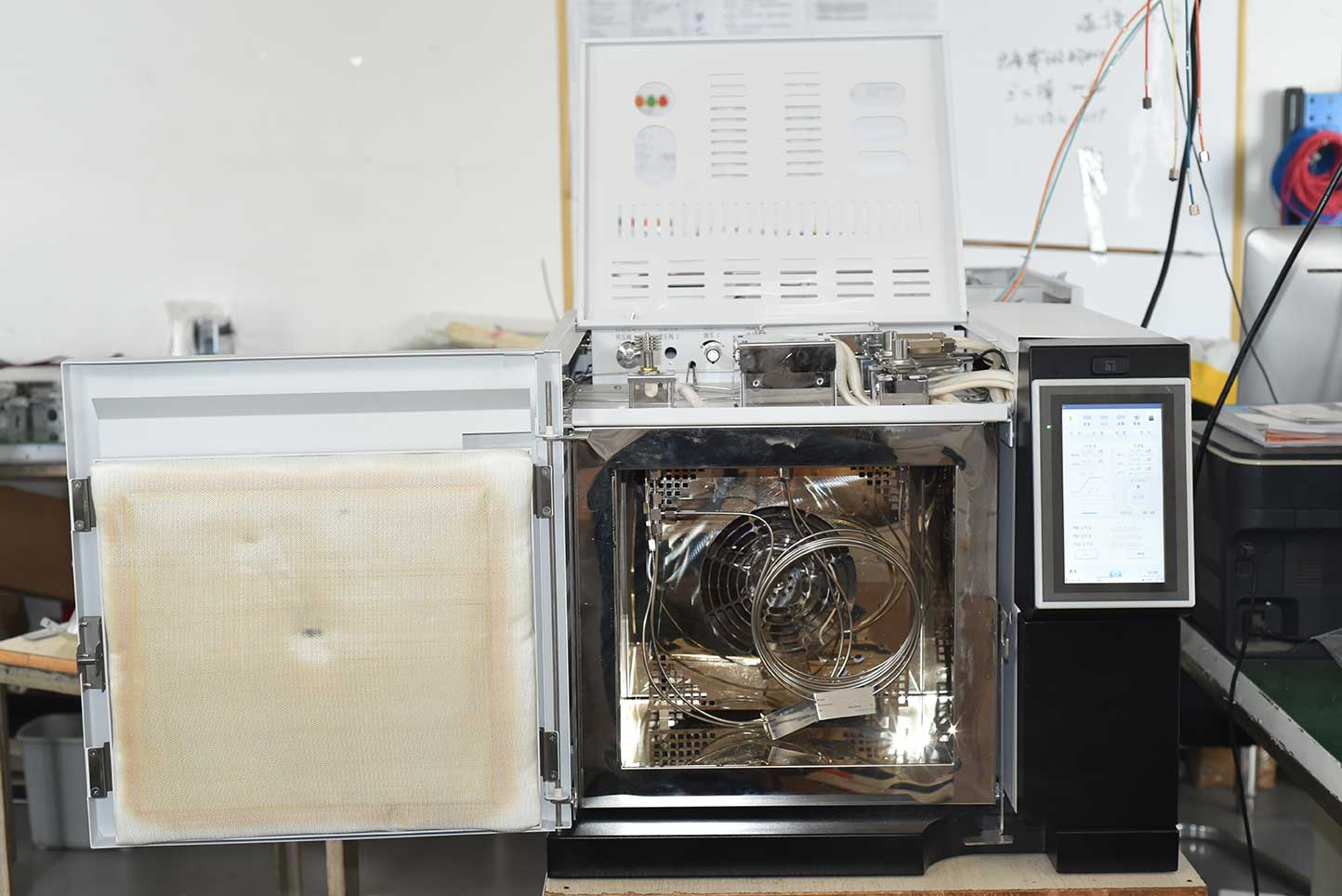1. What is the principle for diagnosing internal faults in transformers based on chromatographic analysis data of transformer oil?
The insulation of power transformers is mostly composed of oil-paper composite insulation, and the hydrocarbon gases generated by internal latent faults come from the thermal cracking of oil-paper insulation. The gas production rate, gas production rate, and unsaturation of hydrocarbon gases generated by thermal cracking depend on the energy density of the fault point. The nature of the fault is different, the energy density is also different, and the hydrocarbon gas generated by cracking is also different. Corona discharge mainly produces hydrogen, arc discharge mainly produces ethylene, and high-temperature overheating mainly produces ethylene.
The energy at the fault point varies, and the rate of generation of various gases mentioned above also varies. This is because in the chemical structure of hydrocarbons such as oil paper, the bond energy of various bonds varies due to the different chemical bonds between atoms. Hydrocarbons with different chemical bond structures have varying degrees of thermal stability. Therefore, it is concluded that the order of hydrocarbon generation by insulation oil cracking with increasing temperature at the fault point is alkanes, olefins, and fast hydrocarbons. Additionally, since each hydrocarbon gas generated by oil cracking has a specific temperature range corresponding to the maximum gas production rate, it is derived that insulation oil produces different components under different fault properties of transformers A simple criterion for hydrocarbon gases with different concentrations.

2. Why does a slight impurity in the insulating oil cause a significant decrease in its breakdown voltage?
Taking transformer oil as an example to illustrate this phenomenon. In transformer oil, there are usually bubbles (a common impurity), and the dielectric coefficient of transformer oil is more than twice that of air. Due to the inverse ratio between electric field strength and dielectric constant, and the distortion of the surrounding electric field caused by bubbles, the internal electric field strength in the bubbles is also more than twice that of transformer oil, and the electric field strength around the bubbles is even higher. The electrical strength of gas is much lower than that of transformer oil. So bubbles in transformer oil are easily dissociated. After the bubbles dissociate, the charged particles generated collide with the oil molecules, which then decompose into gas. Due to this chain reaction or vicious cycle, the gas growth will become faster and faster. Finally, the bubbles will be arranged in rows along the electric field direction in the transformer oil, ultimately leading to breakdown.
If the transformer oil contains water droplets, especially fibers with moisture (cotton yarn or paper), the insulation strength of the insulation oil will be most severely affected. Although there are few impurities, the discharge voltage of the insulating oil will decrease significantly due to the occurrence of chain reactions and the formation of continuous defects.

3. Why can the no-load test of transformers detect defects in the iron core?
The no-load loss is basically the sum of the hysteresis loss and eddy current loss of the iron core, with only a small portion being the resistance loss formed by the no-load current flowing through the coil. Therefore, the increase in no-load loss mainly reflects the defects in the iron core. The insulation paint quality between female silicon steel sheets is poor, and the paint film deterioration causes short circuits between silicon steel sheets, which may increase no-load losses by 10% to 15%; The insulation damage of the core bolts, drive iron beams, and other parts can increase the eddy current of the iron core, cause local heating, and also increase the total no-load loss.
In addition, the selection of silicon steel sheets thicker than the design value or of poor quality during the manufacturing process, as well as excessive gaps in the magnetic circuit connection of the iron core, can also increase no-load losses. Therefore, the measured losses can reflect the defects in the iron core.

Kvtester Electronics Technology Co.,Ltd. is a high-tech enterprise specializing in power testing, testing, research and development, production, and sales of testing equipment. It has been engaged in the electrical testing industry for many years, and its products are of high quality. We welcome customers to come and purchase. Service hotline: 0086-27-81778799, to learn more, visit the official website: www.kvtester.com







